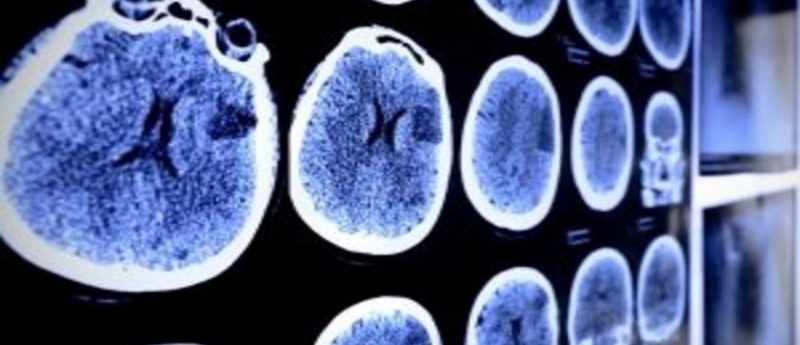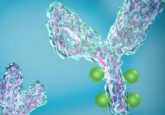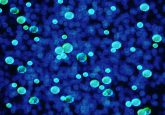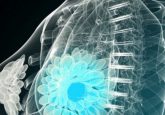DNA repair mechanism pathway discovered that could lead to new treatments for neuroblastoma

Researchers from the University of Michigan’s C.S. Mott Children’s Hospital (MI, USA) have identified a novel therapeutic target for children with high-risk neuroblastoma. Details of their study were published in the January issue of Molecular Cancer Research.
The study, led by Erika Newman of C.S. Mott Children’s Hospital, identified that components of an alternative DNA repair pathway are highly expressed in neuroblastoma tumors.
“We discovered that high-risk neuroblastoma cells preferentially use an efficient but erroneous DNA repair pathway that gives these cells survival advantage. Importantly, children with neuroblastoma tumors harboring these alternative repair factors have worse overall survival than children with tumors that have low expression,” explained Newman.
Newman believes that this information could lead to a new treatment option for neuroblastoma patients, by disrupting the ability of cancer cells to repair DNA damage.
“Nearly half of patients present with tumors that have already spread. Despite current treatment, most with high-risk neuroblastoma don’t survive. The primary focus of our lab is to develop new treatment approaches for children with high-risk disease.”
Neuroblastoma is the most common cancer in infants and the most common solid tumor outside of the brain in all children, in which malignant cancer cells form in ganglions or in the adrenal glands.
“We are very excited that these findings have provided insight into the mechanism by which neuroblastoma tumors overcome DNA damage. This study provides evidence that an alternative repair mechanism is functional in neuroblastoma and offers experimental support for further preclinical investigation of DNA repair pathways as new therapeutic targets in high-risk neuroblastoma,” commented Newman.




